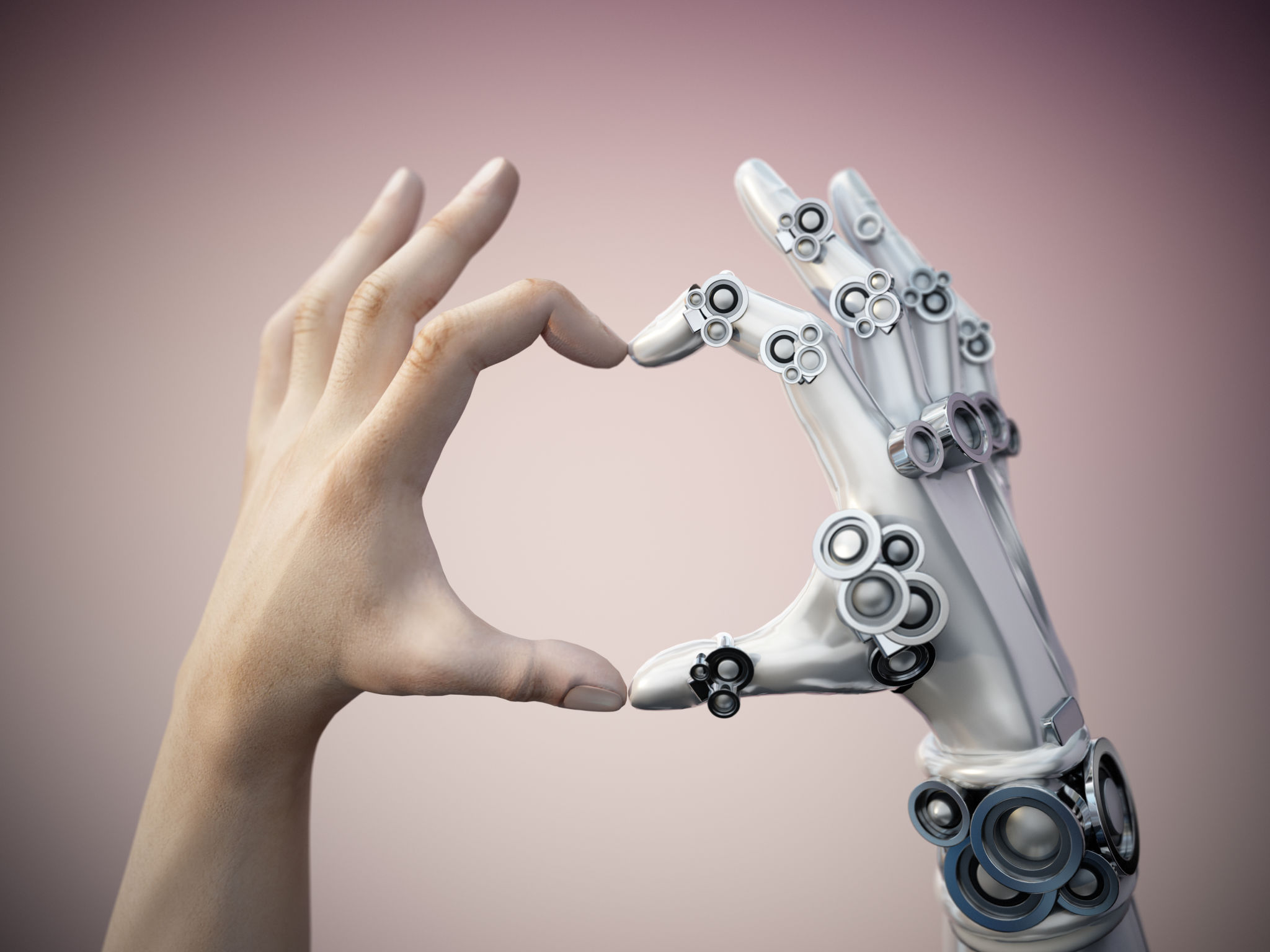Exploring the Latest Trends in Robotics Automation
Introduction to Robotics Automation
In the rapidly evolving world of technology, robotics automation is at the forefront of innovation. Companies across various sectors are leveraging robotics to enhance productivity, reduce costs, and drive efficiency. With advancements in artificial intelligence and machine learning, the capabilities of robots have expanded significantly, enabling them to perform complex tasks with precision.
As industries continue to explore the potential of robotics, several trends are emerging that promise to shape the future of automation. From collaborative robots to smart manufacturing, these trends are setting the stage for a new era of technological advancement.

Collaborative Robots (Cobots)
One of the most significant trends in robotics automation is the rise of collaborative robots, or cobots. Unlike traditional robots that operate in isolation, cobots are designed to work alongside humans, sharing tasks and enhancing productivity. They are equipped with advanced sensors and safety features, allowing them to interact safely with human workers.
Cobots are becoming increasingly popular in industries such as manufacturing, healthcare, and logistics. Their ability to perform repetitive tasks while humans handle more complex decision-making processes makes them invaluable assets in the workplace. This collaboration not only boosts efficiency but also improves job satisfaction by reducing mundane tasks.
Smart Manufacturing
Smart manufacturing is another trend gaining momentum in the realm of robotics automation. By integrating robotics with the Internet of Things (IoT) and data analytics, companies are transforming their production processes. This integration allows for real-time monitoring and optimization, leading to increased efficiency and reduced waste.

With smart manufacturing, businesses can achieve greater flexibility and responsiveness to market demands. The ability to quickly adapt to changes in production requirements enables companies to maintain a competitive edge in today’s fast-paced market environment.
Autonomous Mobile Robots (AMRs)
Autonomous Mobile Robots (AMRs) are revolutionizing logistics and warehousing operations. Unlike Automated Guided Vehicles (AGVs), which rely on predefined paths, AMRs use advanced navigation systems to move freely within a space. This flexibility allows them to adapt to dynamic environments, making them ideal for warehouses and distribution centers.
AMRs are equipped with sensors and cameras that enable them to detect obstacles and plan efficient routes. As a result, they can perform tasks such as picking, packing, and transporting goods with minimal human intervention. The adoption of AMRs is helping businesses streamline operations and reduce labor costs.

The Role of Artificial Intelligence
Artificial intelligence (AI) is playing a crucial role in advancing robotics automation. By incorporating machine learning algorithms, robots can analyze data, learn from their experiences, and make informed decisions. This ability to adapt and improve over time enhances their efficiency and effectiveness.
AI-powered robots are finding applications in various fields, including healthcare, agriculture, and customer service. From performing surgeries to monitoring crop health, these intelligent machines are transforming industries and creating new opportunities for innovation.
Conclusion
The trends in robotics automation are paving the way for a future where humans and machines work together seamlessly. As technologies continue to evolve, the potential for robotics to drive growth and efficiency is limitless. By embracing these trends, businesses can position themselves at the forefront of innovation and remain competitive in an ever-changing landscape.
With the integration of collaborative robots, smart manufacturing, autonomous mobile robots, and artificial intelligence, the possibilities are endless. It’s an exciting time for robotics automation, and we can expect to see even more groundbreaking developments in the coming years.
